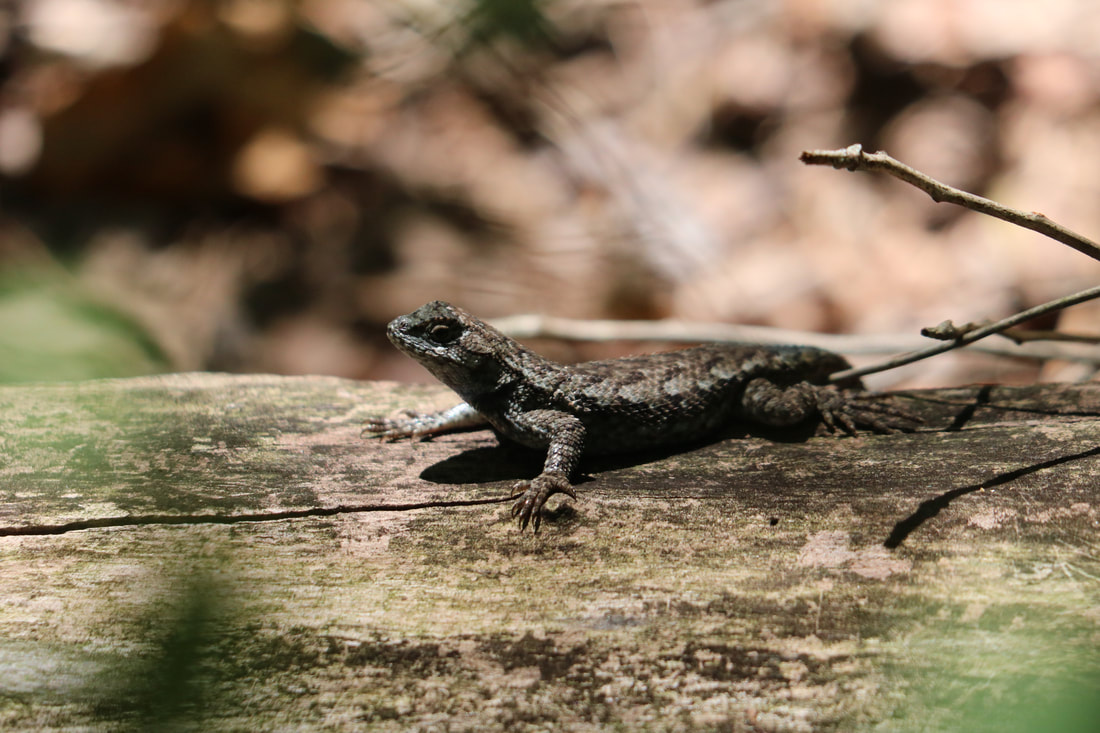Several Successive Posts on this Blog Continue the Story
Cold and Overcast
The American Black Duck is a disappearing species in the eastern United States. Although they are locally common in the coastal salt marshes, they are rare in the interior. They may be disappearing due to interbreeding with Mallard Ducks. They also may be under-reported since they are so similar to female mallards. Despite the superficial similarity, I know of no other duck with so much contrast between a dark body and a light head.
I was surprised to see an American Black Duck at the Levee today, because I have never noticed one there before. I know that winter storms sometimes bring unusual birds our way, but it had not been stormy of late. The weather was simply cold and overcast as I left my truck, at about 8:30 that morning. The sky was the sort of iron gray that promises snow or freezing rain, but rarely delivers at this latitude. The wind bit through my light fleece jacket at times, but I managed to stay warm enough.
As I approached the first pond, I noticed that a number of robins were flitting about the trees on both sides of the path. True to form, they had abandoned their summer behavior of territoriality and nesting. Now they were foraging in a loose flock of thirty or forty birds. Their songs were a welcome counterpoint to the rasping calls of the larger flock of starlings in the nearby horse pasture.
Starlings are notorious for winter flocking behavior. Although this group was only a hundred or so, they have been known to travel in gangs of a thousand or more birds, soaring and veering in unison like a dark cloud that changes shape at will. They maneuver through our winter skies to collect on frozen fields and in the bare branches of tree-lined city streets. They twitter in a most annoying way.
On my return trip to the truck I spied another large flock of birds, unlike the robins or the starlings. Where the starlings are uniformly dingy, the Cedar Waxwings have a handsome jet black chin and eye stripe. The pale yellow wash on the belly is delicate – not as bright as a goldfinch or a meadowlark. The beautiful cedar waxwings flitted from tree to tree. They are fruit eaters, but I have no idea what berries or fruits they were eating on such a freezing cold day.
Further out on the pond, the ducks seemed immune to the cold water, which would have made me hypothermic in a few minutes. They happily paddled on the water of the open marsh. The Green-winged Teal had reached full breeding plumage, and so the males displayed the dull red heads with bright green eye stripes. Likewise, the Northern Shovelers showed red sides and white breasts. The resident kingfisher rested on the branch of the dead snag while mallards, gadwall, and teal circled beneath. A Pied-billed Grebe cut a swift path across the marsh, past unperturbed ducks, Great Blue Herons and Belted Kingfisher.
Further out on the marsh, I saw the American Black Duck and a male Northern Pintail. The pintail is a delicately beautiful bird with a chocolate brown head and a white chin. The white extends up the side of the head in a narrow stripe. The central tail feathers are black and extend far beyond the normal length of the duck’s tail. I suppose it serves as an ornate decoration. I have only seen a few pintail in my life. They have become rare in the East.

 RSS Feed
RSS Feed